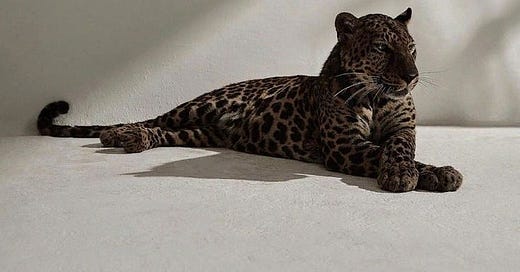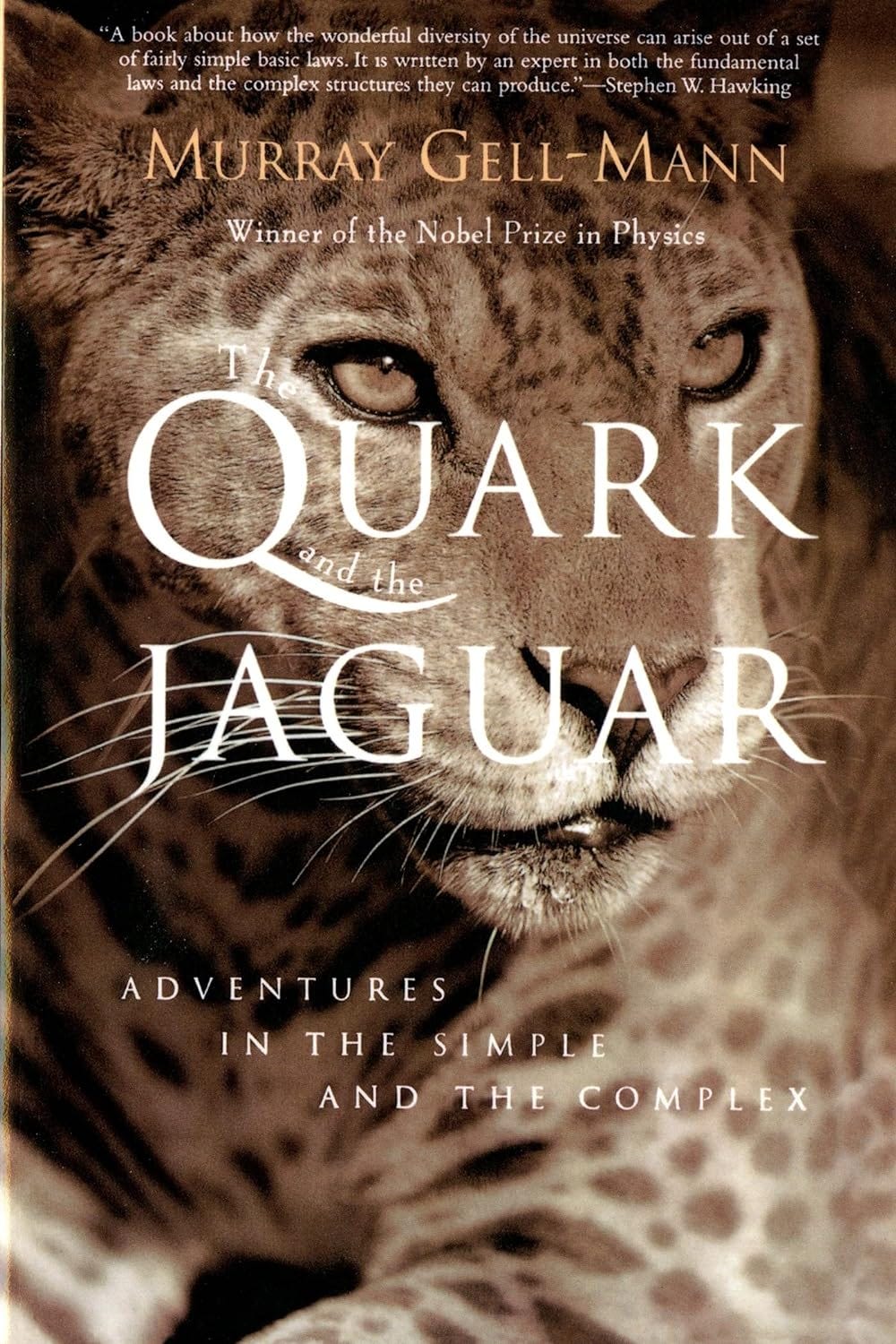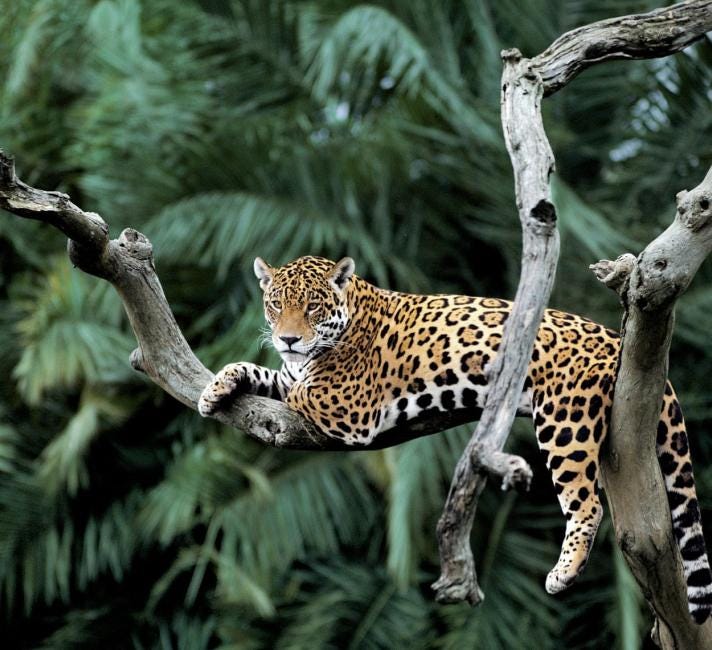Some thoughts inspired by the book “The Quark and the Jaguar” by Murray Gell-Mann—
For a long time, I thought things were just… breaking. That when something collapsed—personally, professionally, emotionally—it meant failure. It meant disorder. It meant I’d done something wrong.
But lately, I’m starting to see it differently.
Sometimes the falling apart is the pattern. Sometimes the chaos isn’t chaos at all—but a system reorganizing itself. Quietly. Recursively. On a scale we don’t notice until after the fact.
I didn’t know that a few years ago, when everything in my life started unraveling. But i know it now.
And that’s probably why I picked up The Quark and the Jaguar. Not to understand physics (though it’s referenced by half the science writers I love). I picked it up because I wanted to understand why things feel the way they do when they scale. Why thoughts calcify. Why beauty sneaks up on you when randomness and structure cross paths. Why sometimes the tiniest shift in perception creates an avalanche downstream. 🦋
The book was written by Murray Gell-Mann, a Nobel Prize–winning physicist best known for discovering the quark—the smallest known building block of matter. But Gell-Mann wasn’t just a physicist. He was a systems thinker. A pattern hunter. Someone who saw no conflict between scientific precision and poetic resonance. The Quark and the Jaguar was his attempt to map both ends of reality: the tiniest particles we can’t see, and the wild emergent forms—like jaguars, languages, minds—that evolve from their interactions. It’s not a memoir. But it feels like one. A meditation on complexity, identity, and the strange dance between randomness and order.
Gell-Mann writes about particles and jaguars, about complexity and feedback loops, about systems that learn as they go. But what he’s really describing—beneath the physics—is how things become what they are by adapting to pressure.
Which, if we’re honest, is what most of us are doing too.
The quark is the fundamental. The jaguar is the emergent. One is invisible. The other is undeniable. They live in different layers of the same structure—and what Gell-Mann is pointing to, underneath all the technical scaffolding, is the strange and beautiful tension between the two.
That’s what I care about. That’s what I recognize in everything I study, everything I try to build, and everything I try to become.
The older I get, the more I start to see my life through this same lens—not as a linear journey, but as a system in motion. A shifting ecology of effort, accidents, friction, feedback, and reformation. What looks like chaos is often something more interesting. Something beginning.
When I moved to Vegas in my early twenties, one of the first real things I did was start a marketing agency. It felt impulsive but necessary. I leaned into the entrepreneurial life hard, and for the first time, I truly started to understand capitalism—not just as an economic theory, but as a way of structuring possibility.
My mindset shifted. I stopped thinking like a student and started thinking like a builder. Things took off. I was making more money than I ever imagined. I got a big loft in a high-rise downtown, with floor-to-ceiling windows overlooking the Plaza. I’d fall asleep to the flickering lights and feel a kind of quiet awe. Like maybe I really did pull this off. Maybe I really made it.
And then COVID hit.
Keep reading with a 7-day free trial
Subscribe to wild bare thoughts to keep reading this post and get 7 days of free access to the full post archives.







